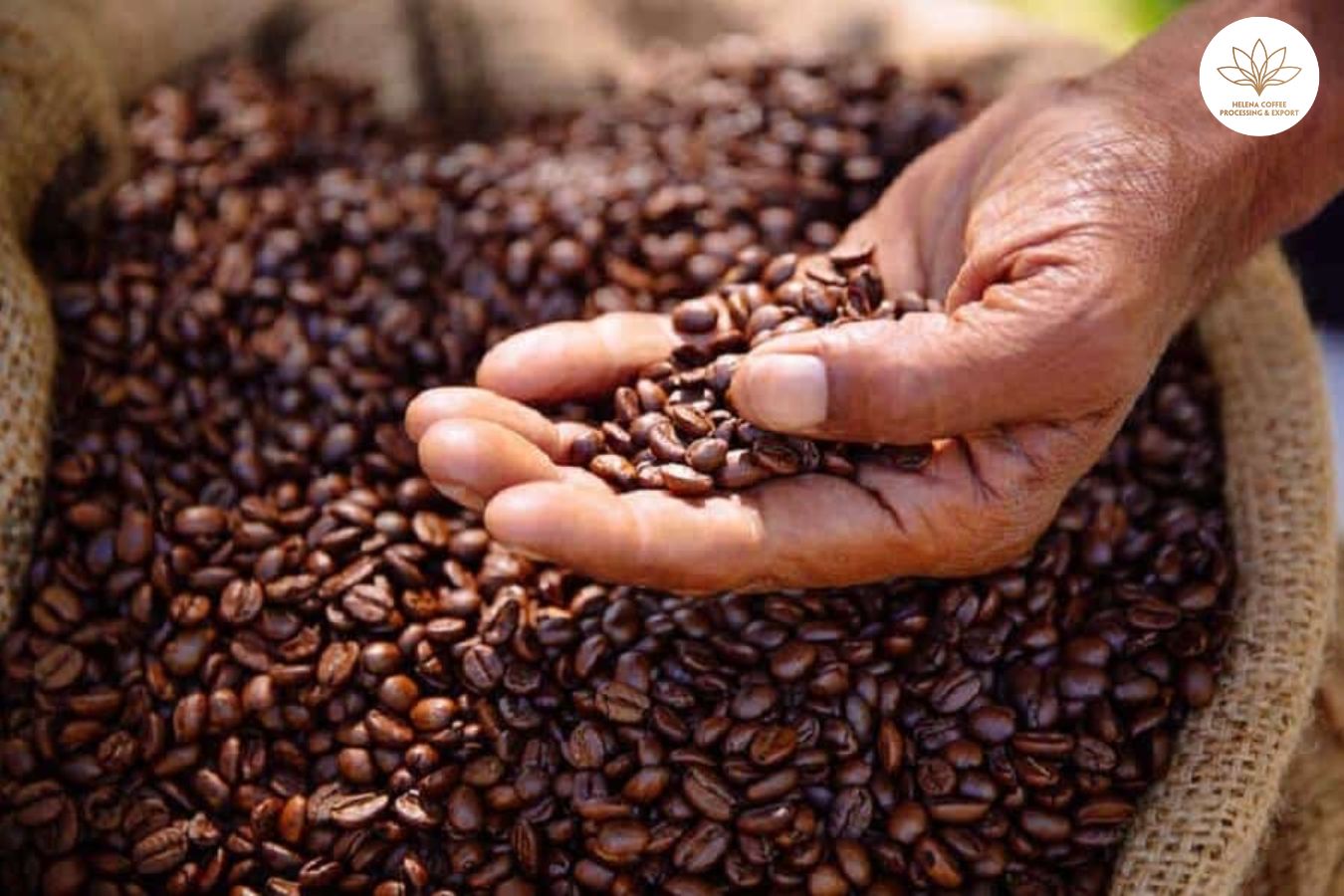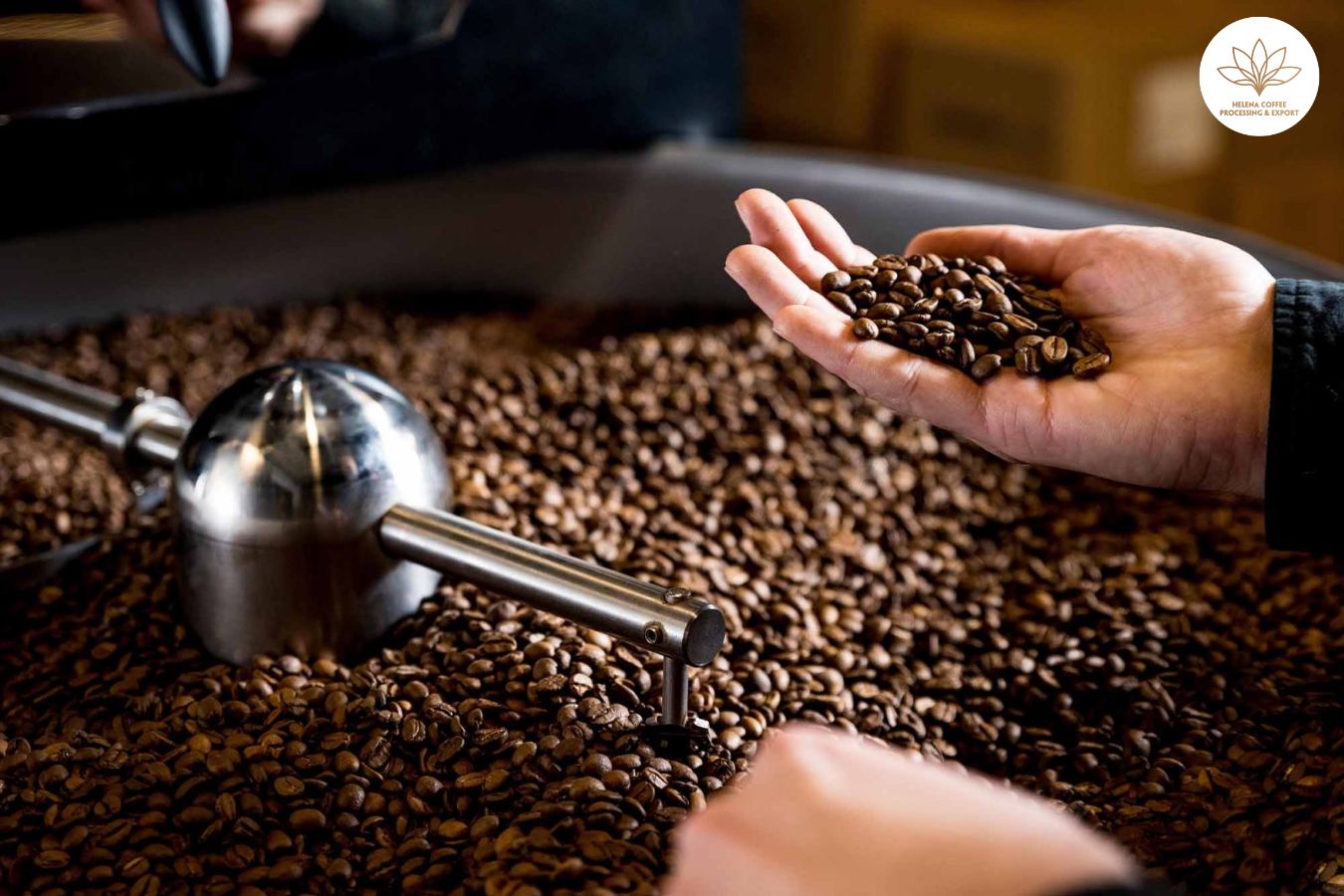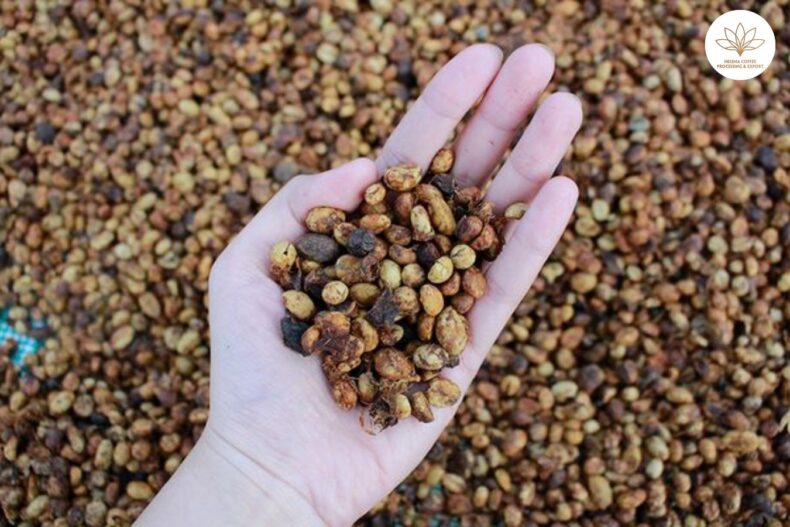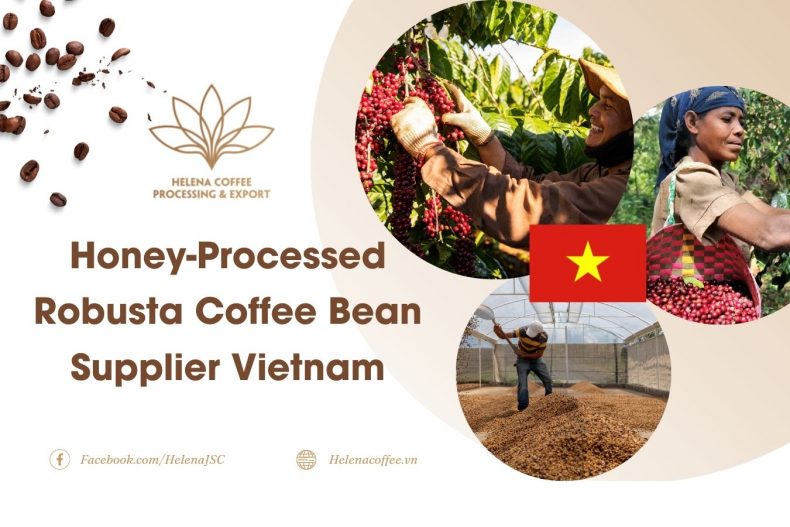
Honey Robusta coffee roasting technique: Coffee roasting has long been an art form, with each technique bringing out distinct flavors and aromas from the beans. Among these, the Honey Robusta coffee roasting technique emerges as a standout method, combining the robust characteristics of Robusta beans with the nuanced sweetness of the honey process.
This unique approach not only accentuates the inherent strengths of Robusta but also introduces a complexity of flavors that challenges preconceived notions about this coffee variety. In this essay, we delve into the intricacies of the Honey Robusta coffee roasting technique, exploring its methodology, benefits, and the unique flavor profile it offers to coffee enthusiasts.
The Uniqueness of Robusta Coffee
Robusta coffee beans, scientifically known as Coffea canephora, are revered for their strong flavor, higher caffeine content, and resilience against pests. Unlike their Arabica counterparts, Robusta beans thrive in various climates, allowing for a broader range of cultivation areas.
This section explores the unique characteristics of Robusta beans, including their cultivation practices, inherent flavor profiles, and how these factors make them an ideal candidate for the honey roasting process. Understanding the foundation of Robusta’s distinct qualities is crucial in appreciating the transformative impact of the Honey Robusta coffee roasting technique.
Introduction to the Honey Process
The honey process is a coffee processing method that strikes a balancebetween washed and natural methods, named for its sticky, honey-like substance that coats the beans during drying. This technique significantly influences the coffee’s final taste, often resulting in a sweeter, more complex flavor profile with a smoother body.

By detailing the steps involved in the honey process—from the initial picking of the cherries to the final drying stage—this section highlights how this method affects the beans’ acidity, sweetness, and overall flavor, setting the stage for the specialized roasting process that follows.
Honey Robusta Coffee Roasting Technique
Diving into the core of our topic, this section outlines the Robusta honey coffee roasting technique in detail. From the pre-roasting selection of beans, through the careful monitoring of roasting stages, to the post-roasting cooling process, each step is crucial in achieving the desired flavor profile.
Special attention is given to the roasting curve and temperature control, as these elements are pivotal in maximizing the honey-processed Robusta beans’ potential. By meticulously managing these variables, roasters can enhance the coffee’s natural sweetness and robustness, resulting in a product that stands out in the global coffee market.
Benefits of Honey Robusta Coffee Roasting Technique
The Honey Robusta coffee roasting technique offers several benefits, from environmental sustainability to the creation of a distinct flavor profile that can set a brand apart. This section delves into how this method not only produces a coffee with unique taste characteristics but also promotes a more sustainable approach to coffee production. By reducing water usage compared to fully washed processes and maximizing the flavor potential of Robusta beans, the honey roasting technique represents an innovative and eco-friendly approach to coffee roasting.

Challenges and Solutions
Despite its many benefits, the Honey Robusta coffee roasting technique poses challenges, including the risk of uneven roasting and the management of the sticky mucilage during processing. This section explores these obstacles and provides insights into the strategies roasters employ to overcome them, ensuring consistency and quality in the final product. From the careful selection of beans to the precise control of roasting parameters, we uncover the solutions that make this technique both viable and rewarding.
Comparison with Other Roasting Techniques
To fully appreciate the Honey Robusta coffee roasting technique, it is essential to compare it with other methods, such as the washed or natural processes. This comparison illuminates the unique aspects of the honey process and why it offers a distinct experience for both roasters and consumers. By understanding the differences in flavor profiles, environmental impact, and production challenges, readers can see why Honey Robusta is gaining popularity among coffee aficionados.
The final flavor profile of Robusta honey coffee—characterized by its rich body, nuanced sweetness, and robustness—has a growing appeal among modern coffee drinkers.
This section discusses why consumers are drawn to Honey Robusta, from its unique taste to its story of sustainable production. As coffee enthusiasts continue to seek out new experiences and flavors, Robusta honey coffee stands out as a coffee that offers something different, bridging the gap between traditional robustness and innovative processing techniques.
Conclusion
The Honey Robusta coffee roasting technique represents a fascinating blend of tradition and innovation, offering a unique coffee experience that challenges and delights in equal measure. By marrying the robust qualities of Robusta beans with the sweet, complex flavors produced by the honey process, this technique showcases the potential for flavor development and sustainability in coffee roasting. As the coffee industry continues to evolve, Honey Robusta serves as a testament to the craft and creativity that drives it forward, inviting both roasters and consumers to explore the rich tapestry of flavors that coffee has to offer.
FAQ:


